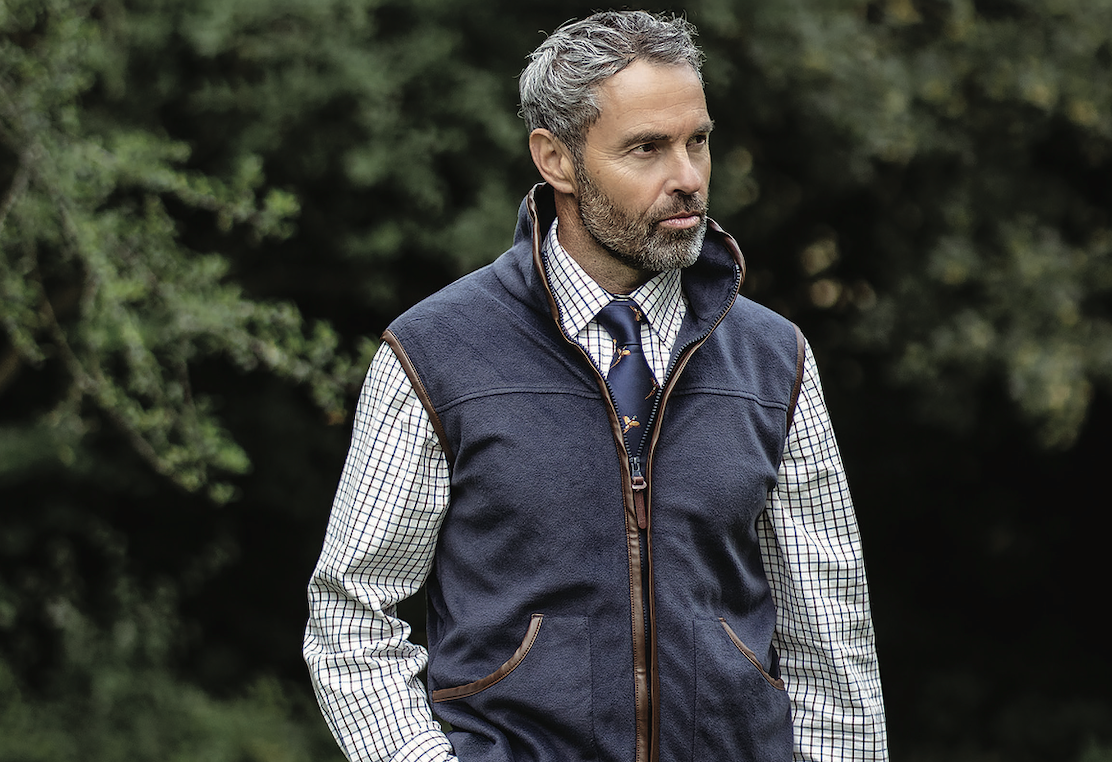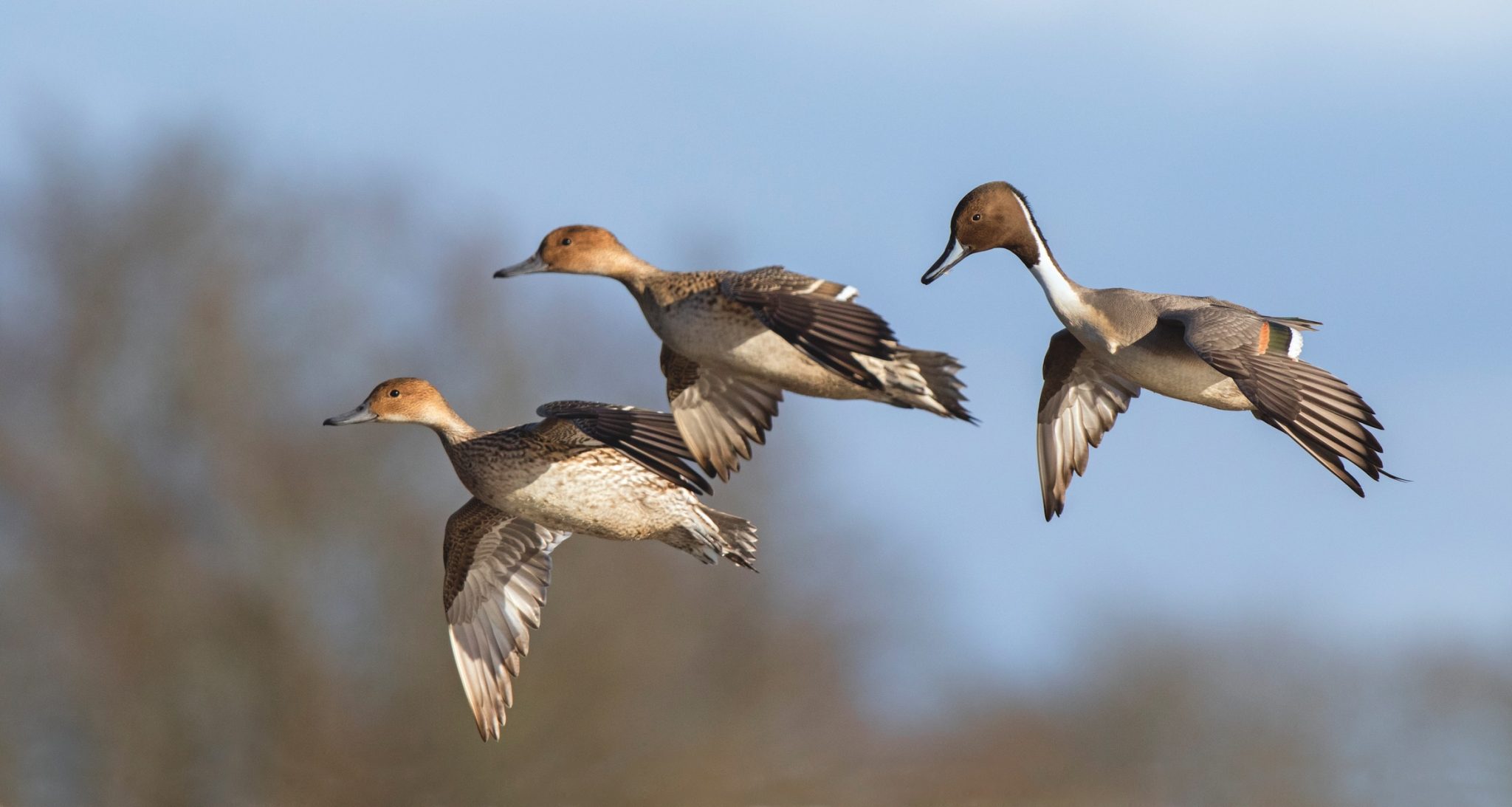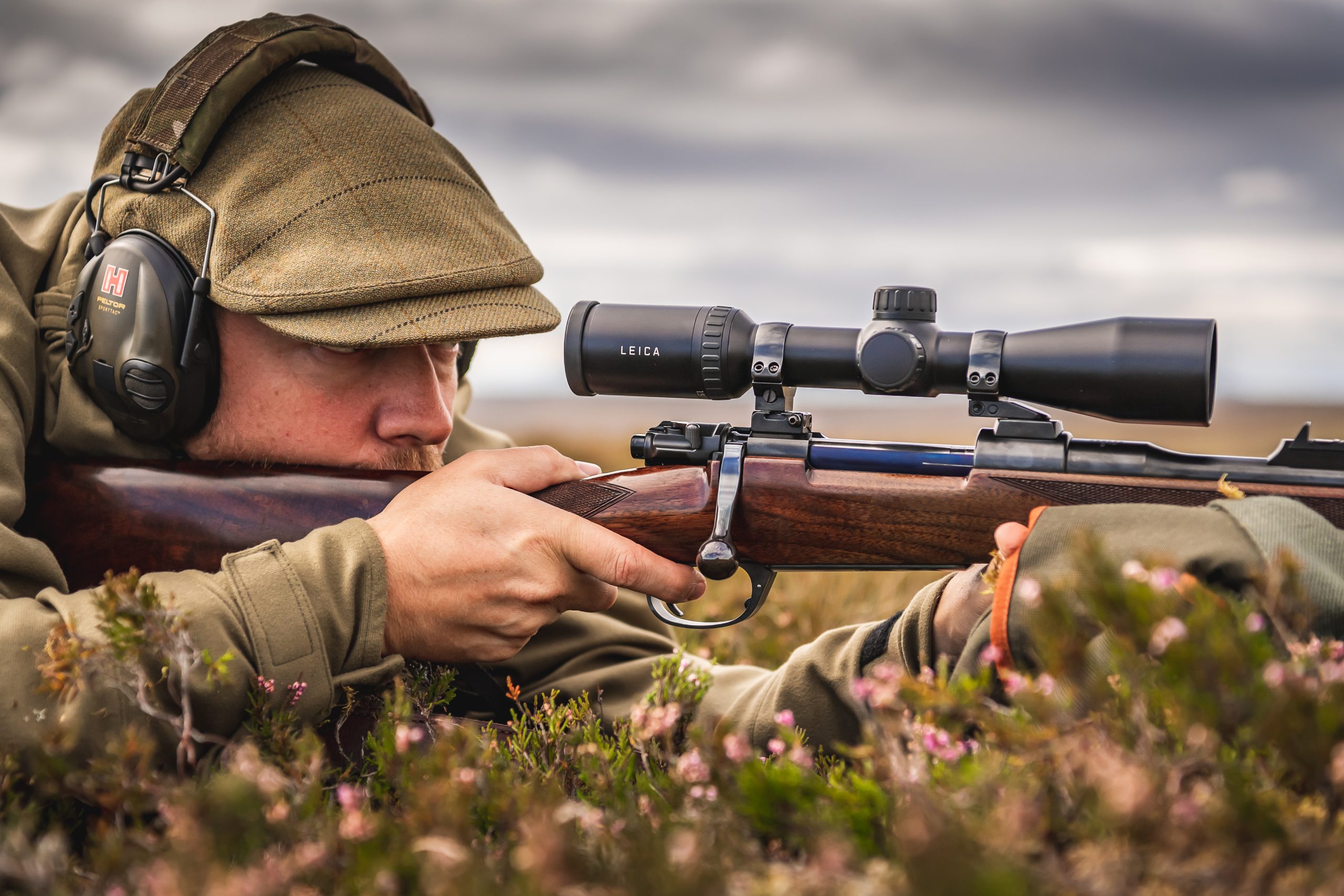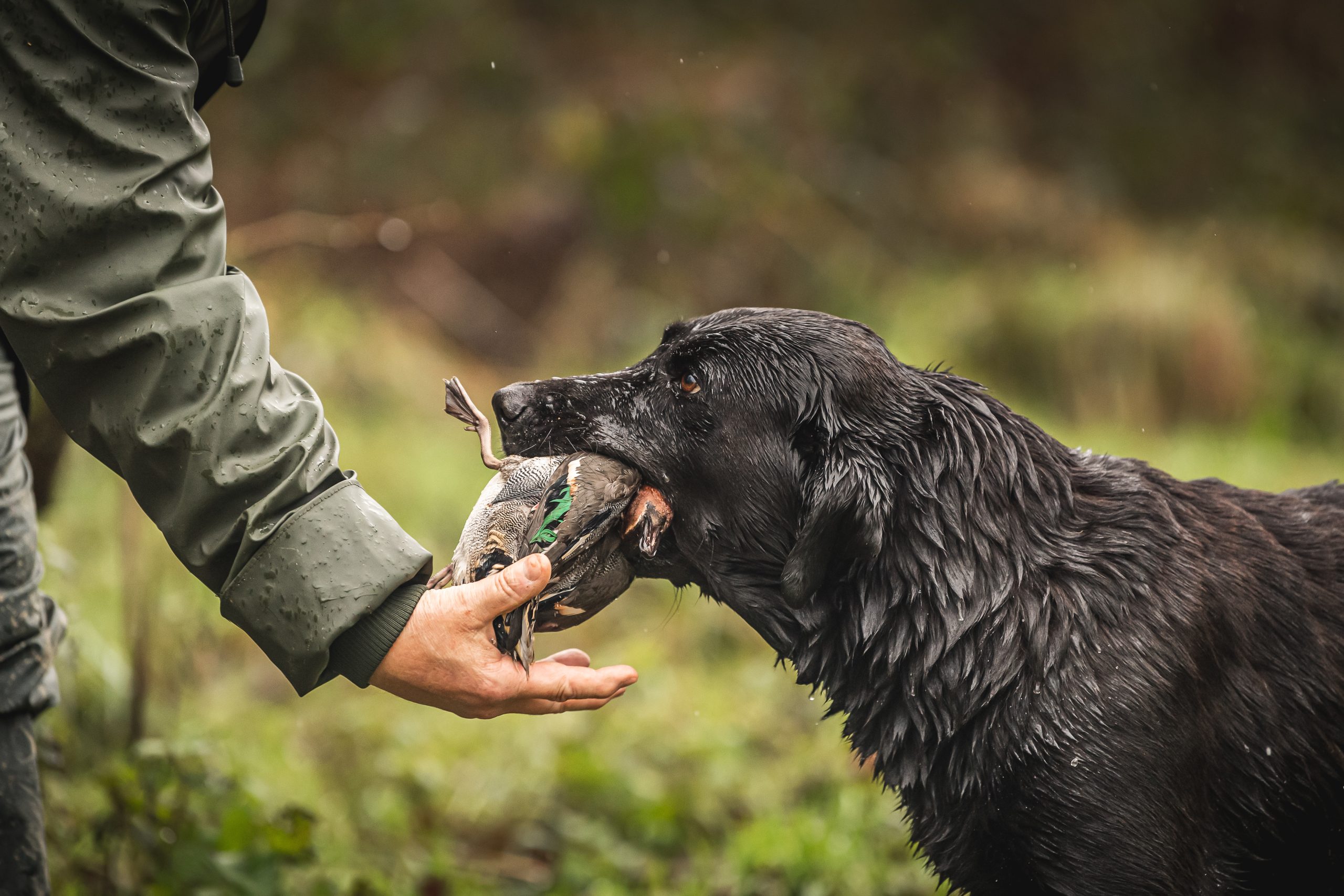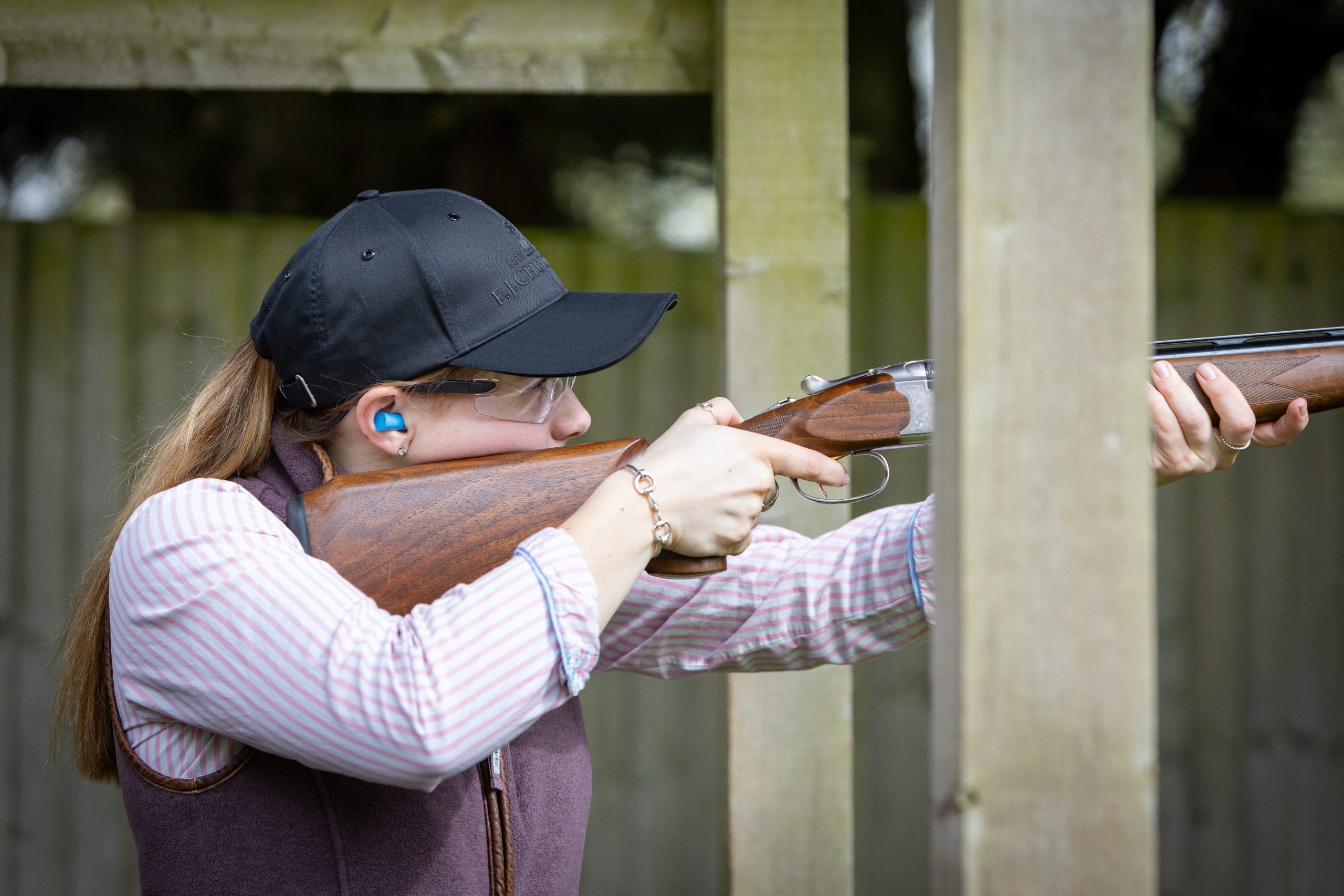Gear
Gear buying guides
Stalking kit: Packing a punch to stalk summer deer
The lush countryside of summer makes stalking even more difficult, so we ask our experts to share the crucial pieces of kit they can’t do without
Would you like to speak to our readers? We offer sponsored articles and advertising to put you in front of our audience. Find out more.Deerstalking during the British summer is a pursuit that requires patience and preparation. Selecting the right equipment is paramount; high-quality optics, such as binoculars and riflescopes with excellent light-gathering capabilities, are essential for spotting deer in low-light conditions and through thick foliage. A rangefinder aids in accurate distance estimation, vital for ethical shot placement. Using supporting sticks or bipods offers stability for precise shooting in uneven terrain. Our team of experts has curated a range of essential equipment to consider before heading out this summer, ensuring you’re well prepared for the unique challenges of deerstalking during the warmer months.
Bruce Potts: ATA Turqua Rifle
I have probably used every type of bolt-action, single-shot and straight-pull rifle under the sun for roe stalking and truthfully they will all get the job done. But I always like an underdog and a bargain. When I have tested the new ATA Turqua rifles, they have really outshot their price point, offering a serious and viable budget option.
Key features of this model include a sliding three-position safety, two-stage adjustable trigger, a barrel guaranteed to shoot sub-MOA for three shots at 100 yards and a grey laminate thumbhole stock. The whole operation feels smooth, which I put down to the low bolt lift of 60 degrees. This is facilitated by the three-lug locking system and I like the powerful, pivoting extractor claw and energetic plunger ejector system.
Stalkers will appreciate that the Turqua comes with both a three- and five-shot single-stack polymer magazine. This is a thoughtful addition and both are easily removed with the forward-mounted release lever. The barrel is button rifled and available in .308 Win, .243 Win and 6.5 Creedmoor calibres with barrels of 24in, 22in or a 20in option which is perfect for woodland roe.
The Turqua’s weather-resistant laminate stock combines comfort, adjustability and great handling, which certainly complements the astonishing accuracy from these rifles. When tested, it consumed a range of ammunition without issue and turned in sub-MOA groups out to 200 yards. If you are on a budget the ATA rifles will not disappoint.
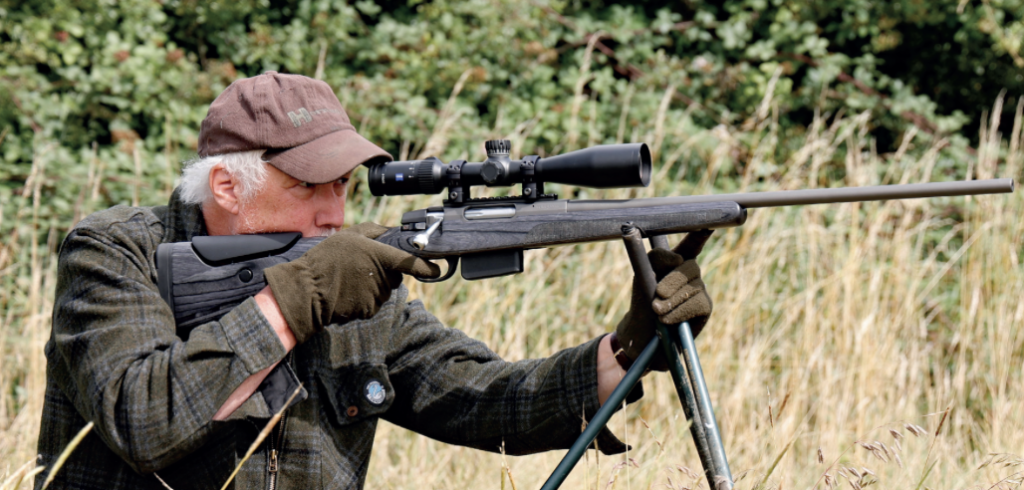
Chris Dalton: Swarovski EL 10×42 Binoculars
I have been using my current binoculars, Swarovski EL Range 10×42, for many years and they really take some beating. However, there is an updated version of the EL with loads of additional features. Saying that, those binoculars oozed quality from the moment I got them and I consider them the most important item in my kit bag.
Weighing in at an impressive 925g, the binoculars are supremely light while maintaining a good balance; they also fit snugly into my hands when they’re in use in the field. The overall length is a compact 169mm and they are 136mm wide. The rubberised texture of the covering is coloured in the instantly recognisable Swarovski green and it gives a good grip in even the worst conditions.
The focus dial is centrally located and is easy to turn with a single figure as you look through the lenses. The clarity and the field of view in normal light are absolutely superb, but it is only when operating in low light conditions that the quality of these lenses can be fully appreciated.
The rangefinding function is precise and is simple to operate with a single press of a button on the right-hand side of the binoculars. The resulting dial display is clear, accurate and straightforward, allowing measurements beyond a kilometre.
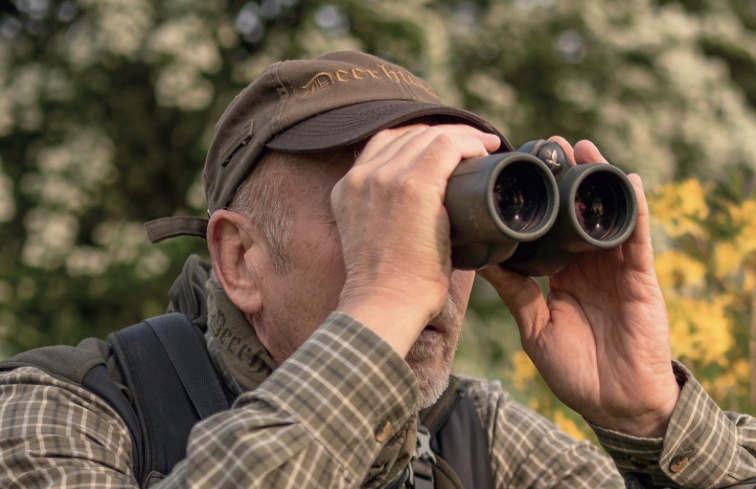
Keith Edmunds: Ogden’s Compact Waist Pack Roe Sack MK2
Ogden’s is renowned for its bombproof roe and sika sacks and, as my focus turned towards the roebuck and the promise of pleasant weather, I decided to take a closer look at the MK2 Compact Waist Pack Roe Sack.
Build quality is exactly as you would expect – first-class. The first pleasant surprise was that the roe sack is full-sized and boasts the same type of robust, removable and washable liner, ingenious leather fastening and robust shoulder straps as its traditional roe sack. When folded, this version is stowed into the main rear pouch, which also has a zipped pocket. In addition you get two good-sized, side Mollie-type pouches, each of which has netted storage on the front to keep small items such as windicator powder or roe calls close at hand.
The main advantage that the new compact waist sack has over a conventional sack is that your back is left free to breathe while stalking. When it comes to stalking roebuck during the balmy days of July and August, this is a significant bonus. Secondly, because the shoulder straps join to a single rear strap that follows the centre line of your back, the straps sit closer to your neck and do not hinder the rifle sling so much.
The Mollie pouches can be moved into a position that suits and I’ve brought the right-hand pouch forward to use for my binos.
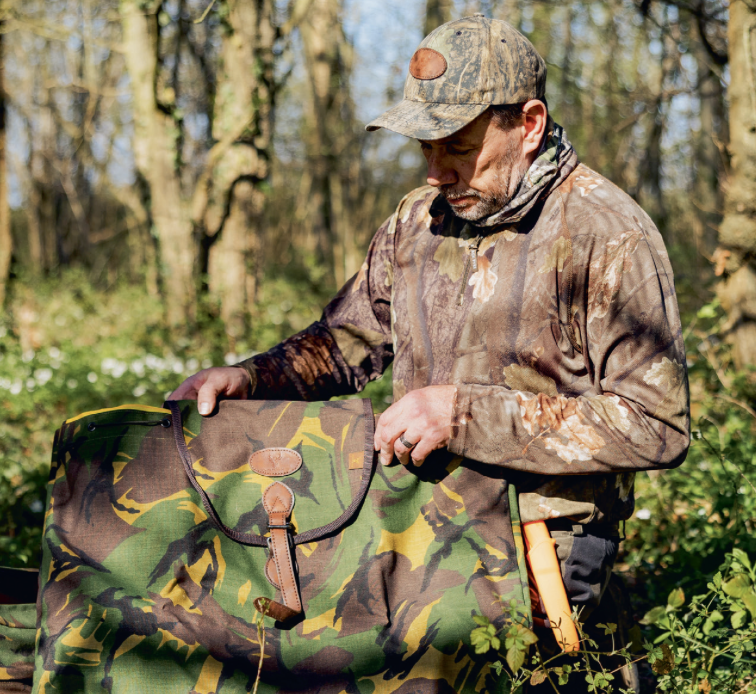
Jules Whicker: Pulsar Telos LRF XQ35
The LRF XQ35 tested here is £250 more than its non-LRF equivalent. This is a very fair price to pay for that extra capability, as a novice stalker I’m mentoring commented when the rangefinding Telos enabled him both to keep his quarry in sight on a difficult approach and to know when it was within shootable distance.
Specification-wise, the XQ35 combines a precision-ground f1.0/35mm germanium glass lens; a 384×288 17µm Lynred sensor; a pin-sharp, high-contrast 1024×768 AMOLED display; 64GB of online storage – enough for more than 60 minutes of video – an additional high-speed 5GHz WiFi channel; and a new slimline LPS 7i battery with an eight-hour run-time.
Impeccably built, with top-quality materials, everything fits and moves perfectly. The battery latches in place with a crisp snick, the dioptre ring is stiff enough to stay where you left it, and the full-diameter focusing ring gives great control for sharp imaging at any distance.
The low-profile rubber eyepiece may hark back to the Helion, but the rounded, hand-filling body shape, the layout and design of the control buttons, and especially the introduction of a camera-style zoom ring, all set the Telos apart from its predecessors.
As well as it being easy to control, I love the ambidextrous design of the Telos. The eyepiece can be positioned to suit either eye; the hand-strap eyelets are mounted on rings that can be rotated, with the rear ring registering into positive detents; and the hinged cover for the objective lens mounts via a reversible bayonet fitting. Therefore whichever hand you use, it takes just a moment to optimise the ergonomics.
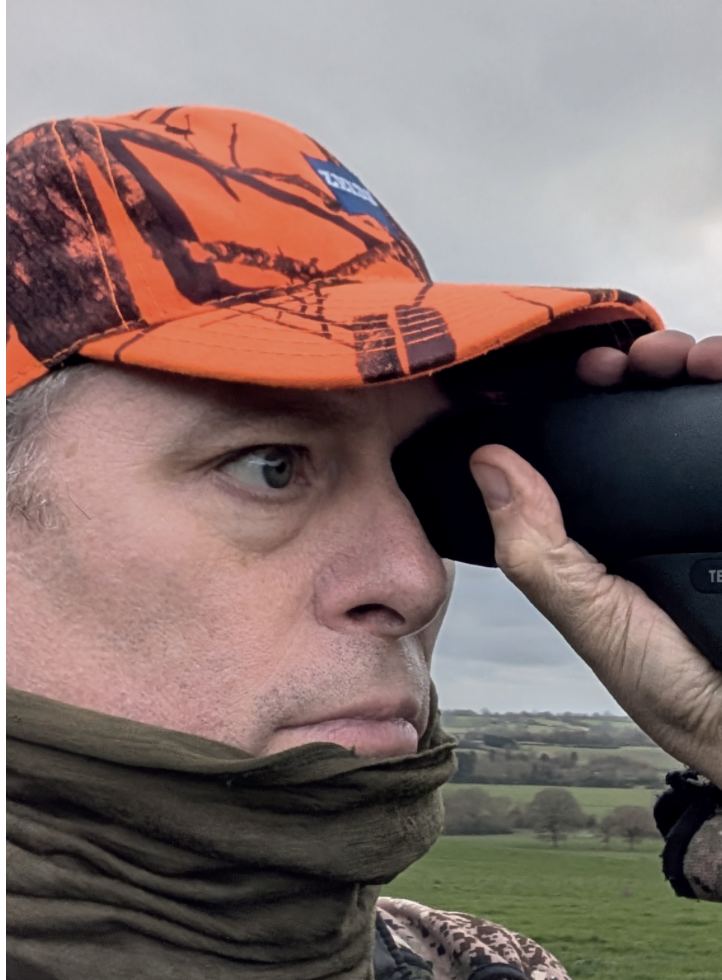
Paul Austin: Viper-Flex Styx Pro
A huge number of regular Shooting Times contributors are massive Viper-Flex fans and you’ll see the name countless times as they recount their adventures. They are a must-have for stalkers across the globe.
So why are Viper-Flex sticks so revered? It’s really a combination of great design and exceptional durability. The Journey model was the first carbon-fibre variant of the Viper. Its successor is now an all-carbon affair and notably lighter because of it.
The tube diameter has also dropped from a maximum of 20mm on the Journey to 18mm on the Styx Pro, which again adds to the weight reduction but crucially that all-important stiffness is still there. The plastic sleeves that clipped on to each leg to avoid whistling in the wind on its predecessors have also been replaced with pre-fitted rubber sleeves. This is a huge improvement and makes the Styx Pro much easier to adjust quickly, quieter and more grippy to carry.
The yoke and rear rest are identical to their predecessors, as is the switchable lever that’s used to help deploy the legs. Stretching up to 2.10m, they’ll fit pretty much anyone. I’m about 6ft 4in and there’s plenty of adjustment for me. With a basic weight of 0.85kg they’ve slimmed down significantly from 1,050g of the earlier model.
For me the optional extra leg is a must. Add the extra one and you have the most stable standing shooting platform on the market.
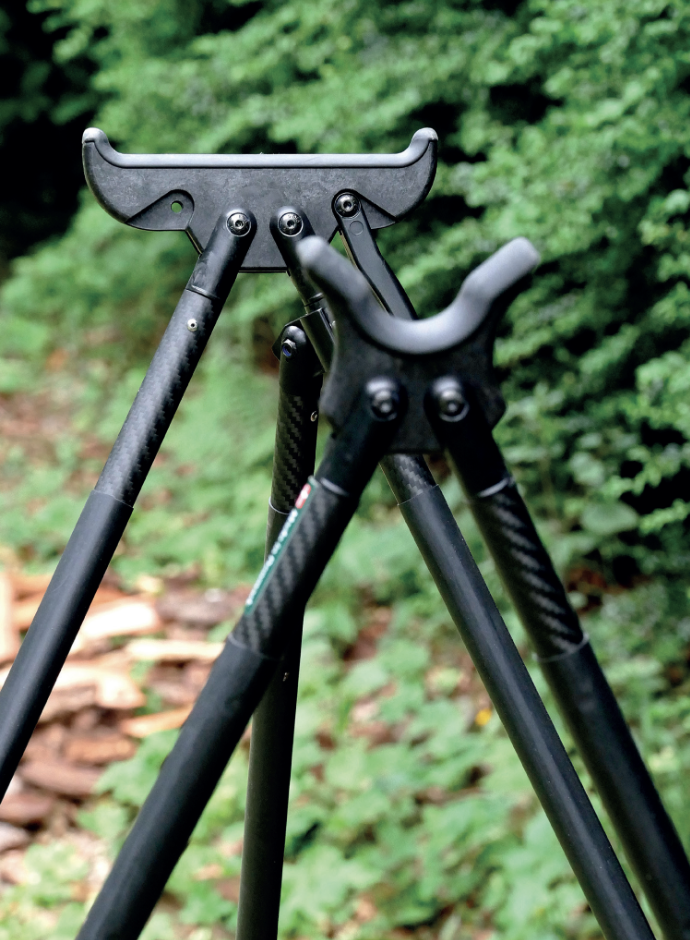
Chris Dalton – Casström Swedish Field Dresser Knife
Casström knives originated for use in Swedish Lapland and are crafted for hunting enthusiasts. The Field Dresser knife has evolved from that background and is designed with reliability and precision in mind.
It feels good, the handle is available in orange G10, black micarta or stabilised curly birch and provides a secure grip. All these materials should provide a long-lasting performance and cope with harsh conditions. The overall feel is of a quality product.
The knife is supplied in a Kydex sheath so is very secure when carried and there is an option of a leather belt hanger. Both the knife and sheath are easy to clean. I like the straight-line blade, which is great when unzipping a carcass, and the rounded tip does help to prevent puncturing the stomach and organs, as well as preventing accidental cuts.
The blade is Alleima (formerly Sandvik) 14C28N, which is recycled Swedish stainless steel. Blades are cryo-quenched, supposed to enhance resistance to wear and tear. The handle has been designed with safety in mind, with a deep thumb grip and finger groove. It is a neat compact little knife, which coped well with the roe deer I used it on. It was extremely sharp when it arrived and I also found it easy to nip up after use.
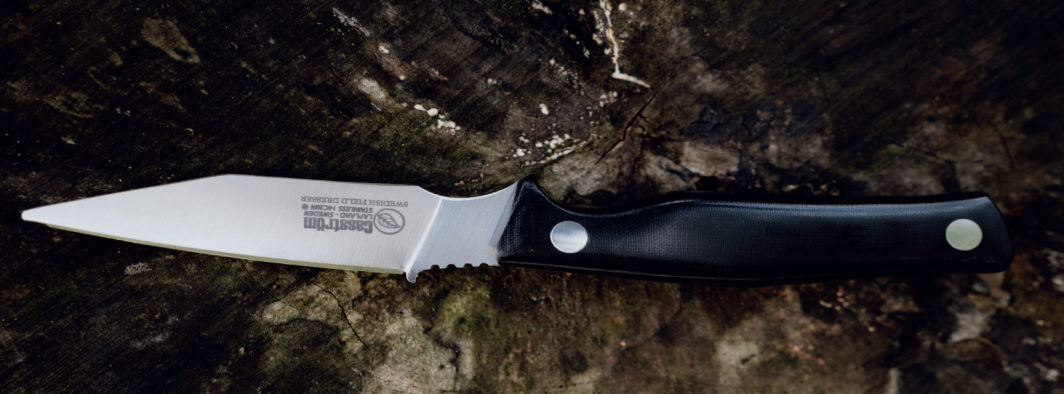
Block: Bruce Potts – Hornady ECX Ammunition
The ECX (Extreme Copper alloy eXpanding) bullet is loaded in the most popular European chamberings such as .223, 6.5×55 Swedish, 7x57mm, 7×64 Brenneke, .308, .30-06, 8×57 and 9.3×62 cartridges.
The ECX bullet is a monolithic non-lead copper alloy bullet designed for 95% or more weight retention, good expansion from its flat frontal nose (meplat) but still penetrates well. For smaller deer species the lighter weight ECX bullets expand very well because the flat polymer tip causes the frontal section of the bullet to open up quickly for uniform expansion and energy transfer for a humane kill.
The ballistic coefficient of G1 .181 is low but it is designed as a shorter range bullet to get that initial expansion and energy transfer at normal deer ranges. How many people actually shoot deer over 300 yards? I have used to good effect the .308 Win version with the 125-gr ECX bullet that achieves over 3,000fps in a 24in barrel. It is excellent for roe, muntjac and Chinese water deer where the thin skin and smaller body still allows the ECX bullet to expand correctly.
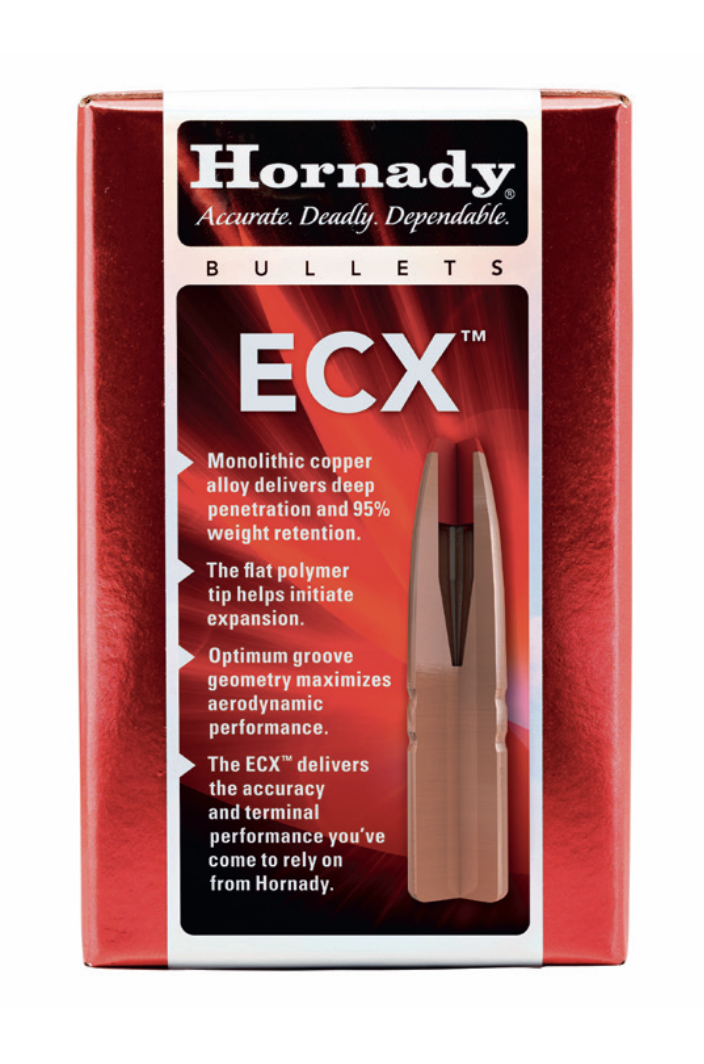
Don’t miss: Five rifles to tackle deer big and small
Jump to section
Manage Consent
To provide the best experiences, we use technologies like cookies to store and/or access device information. Consenting to these technologies will allow us to process data such as browsing behavior or unique IDs on this site. Not consenting or withdrawing consent, may adversely affect certain features and functions.
Functional Always active
The technical storage or access is strictly necessary for the legitimate purpose of enabling the use of a specific service explicitly requested by the subscriber or user, or for the sole purpose of carrying out the transmission of a communication over an electronic communications network.
Preferences
The technical storage or access is necessary for the legitimate purpose of storing preferences that are not requested by the subscriber or user.
Statistics
The technical storage or access that is used exclusively for statistical purposes.
The technical storage or access that is used exclusively for anonymous statistical purposes. Without a subpoena, voluntary compliance on the part of your Internet Service Provider, or additional records from a third party, information stored or retrieved for this purpose alone cannot usually be used to identify you.
Marketing
The technical storage or access is required to create user profiles to send advertising, or to track the user on a website or across several websites for similar marketing purposes.


